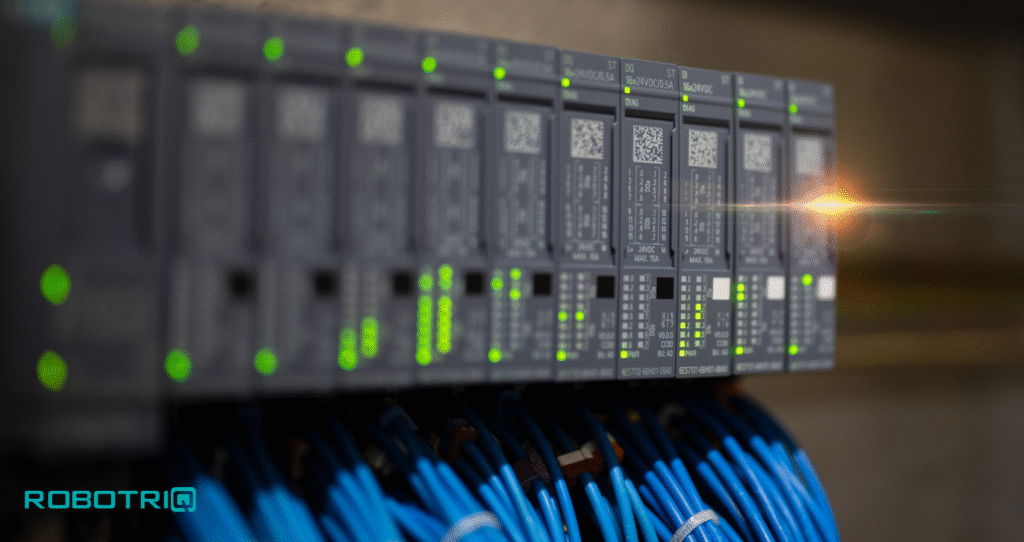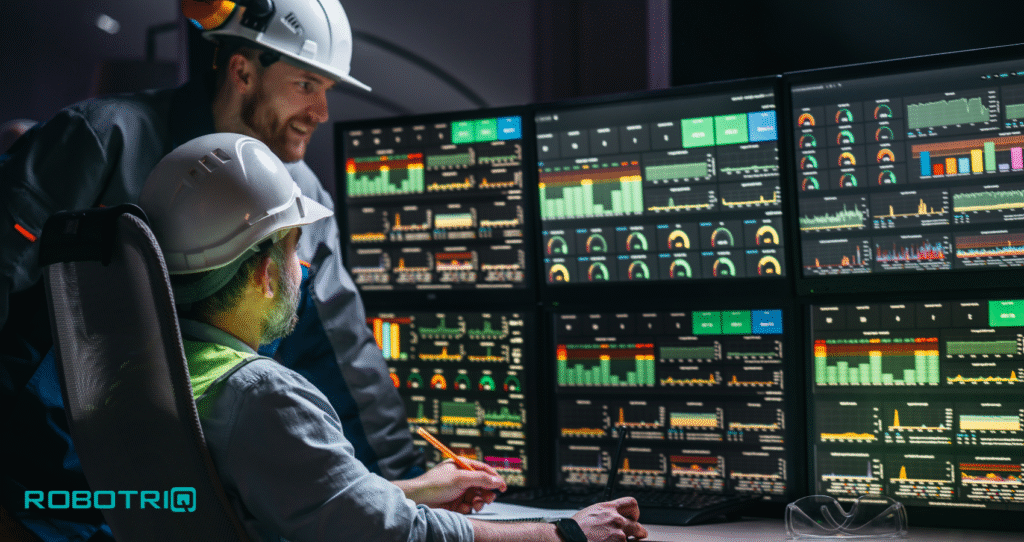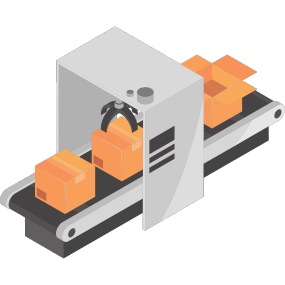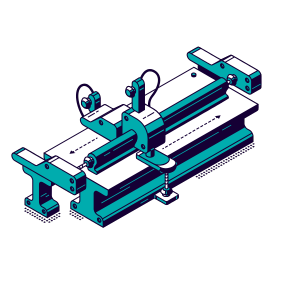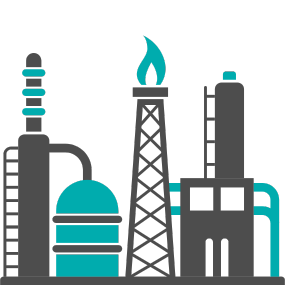
What is HMI?
HMI stands for Human Machine Interface. It is the visual interface or touchpoint between a human operator and a machine or system. Simply put, it’s the screen or panel that allows people to monitor, control, and interact with industrial processes.
Why is HMI Important?
Imagine trying to operate a complex factory machine without any display, buttons, or feedback — it would be impossible! That’s where the HMI comes in. It provides a user-friendly interface that shows real-time data, machine status, alerts, and even controls like start/stop buttons.
Whether it’s a touchscreen display on a packaging machine or a dashboard showing production stats, HMIs make it easy for operators to understand what’s happening and take action when needed.
Key Features of an HMI:
Real-time monitoring: Displays live values like temperature, speed, or pressure
Graphical interface: Includes charts, meters, animations, and more
Control access: Allows starting, stopping, or adjusting machines
Alarm management: Notifies operators of faults or warnings
Data logging: Records historical data for analysis and troubleshooting
Where are HMIs Used?
HMIs are used across many industries including:
Manufacturing plants
Power generation stations
Water treatment facilities
Transportation systems
Building automation
From small standalone touch panels to advanced computer-based interfaces, HMIs are tailored to the needs of each system.

